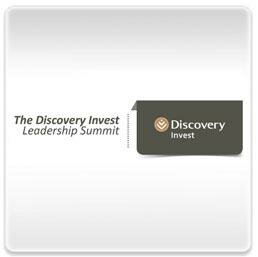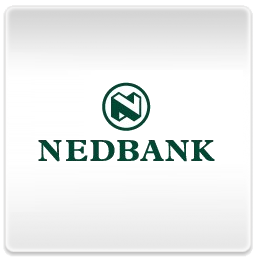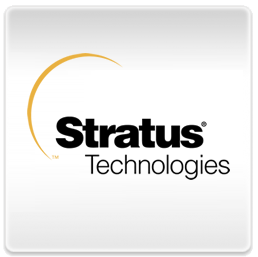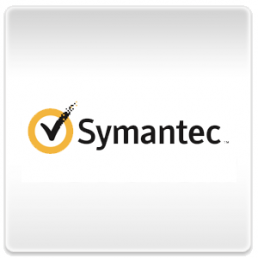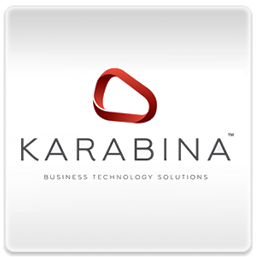Community
The power of Social Sharing


If you have ever cyber-stalked a stranger’s wedding photos, screen-grabbed a hairstyle of someone you have never met or posted a gym workout to Facebook just to prove you went – then this post is for you.
Hello. My name is Kate, and I am a social stalker.
The Internet loves us for this exact reason – everything we do online is a form of stalking: from re-pinning, re-posting and re-tweeting. I can honestly say I have learned more skills by browsing content online than I did during my twelve years of school. I know the best Facebook pages to go to for fitness advice, the best Twitter handles to follow for fashion and beauty advice and the best boards to follow on Pinterest for décor and gardening tips.
Should old school researchers be using new school techniques?


When I mention the word ‘research’ you would be forgiven for yawning, as yes, traditional research with qualitative and quantitative methods can be laborious and overly time consuming. While I am not trying to dispute the amazing insight and results that can be yielded through investing resources into research, I do wonder if traditional researches are capatilising on modern online research tools.
These new school techniques and methods that I am taking about refer to that of Online Reputation Management, or ORM as it is commonly known. ORM tools afford the user the ability to track online mentions of just about anything, including their brand, competitors, people and events.
Cerebra’s top tips to an engaging Twitter bio


Irrespective of whether the Twitter profile you run is personal, or that of a brand, there are several key elements to an appealing bio that could mean the difference between a new follower or a passer by.
Here are a few suggestions that the Cerebra team has put together:
• Use your real name. This will add credibility to your account.
• Clearly indicate what the community will get in return for following you. Provide some insight into what your interests are and what you do for a living. This will give potential followers an understanding of the various content themes you may be covering.
How to use Social Media for your event


It’s no surprise that your event attendees are using social media for everything from complaining about the coffee, to sharing sound bites from their favourite speakers and everything in-between. So why aren’t you?
The conversation is happening so why not participate, engage, develop relationships, build communities and not only facilitate, but drive the discussion?
The real problem with social media strategies? Traditional agencies

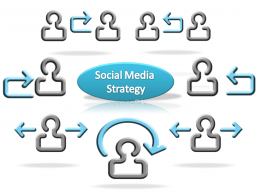
Media strategists are slowly starting to understand digital as both the client and the agency demand a more holistic approach, but what about social media?
For many, the environment is daunting as it goes against what most media strategists are trained to investigate (such as reach, frequency and Gross Rating Points). Social media means consumers have the voice to talk back, but for many, it doesn’t even feature as a blip on the radar as a channel because it’s foreign to traditional media strategy which is all about broadcast.
To me, social media fits in the media mix just as much as TV, radio or print. However, the current agency briefing model doesn’t lend itself to this type of thinking. A few different approaches I’ve seen are:



